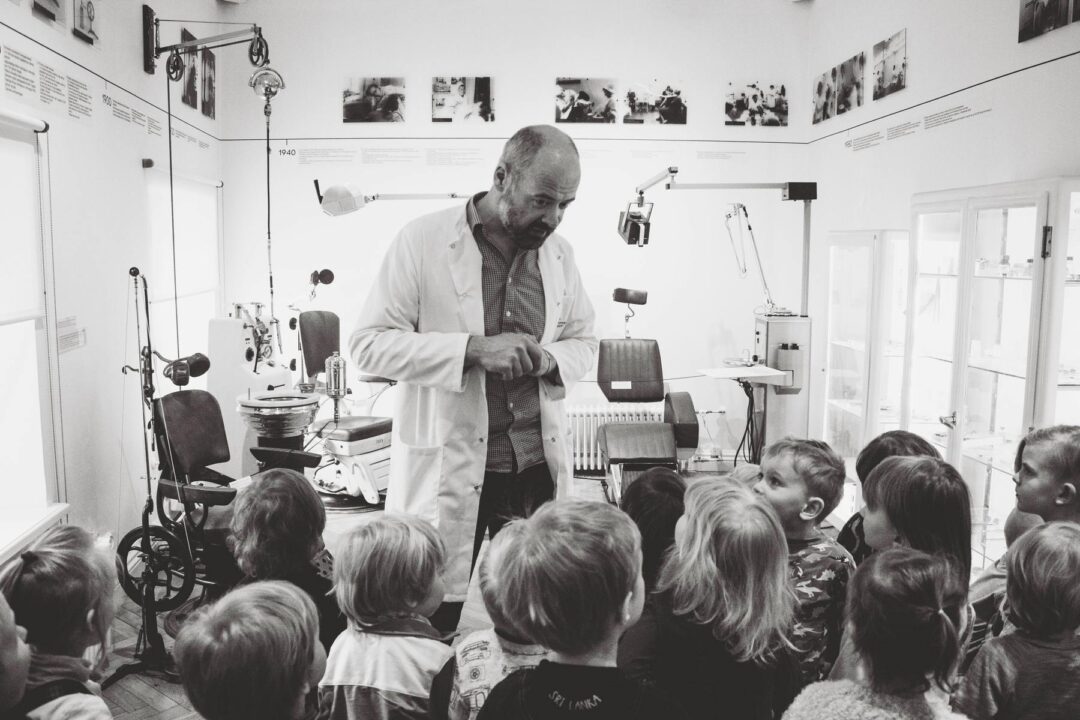How can we ensure every day is a wellbeing day?

Three years ago, I moved back to the UK, having worked internationally for seven years. Being an active educator on social media, I had read about a potential teacher wellbeing crisis and the impact of this for recruitment and retention. After taking on a role as deputy head in a small independent school in Northamptonshire, it became apparent that teacher morale had been declining, so I decided to develop strategies to change this.
Beneficially, the school I lead belongs to a group of schools which places teacher wellbeing at the top of its agenda. While we are fortunate to have access to a plethora of wellbeing-related resources and an annual ‘Global Be Well Day’, I realised that the key to boosting teacher morale would be in developing a whole-school approach that would impact teachers in the day-to-day context of our school.
I spent time reading around the topic – Myatt (2016) helped to shape my vision for teacher wellbeing by advising that thoughtful leaders need to consider teachers as ‘humans first, professionals second’ (p. 17). The initial step was to understand why morale was low. I used information from an annual ‘voice of the employee’ survey as well as data from the previous year’s appraisals. While these formal ways of gathering feedback were useful, I was keen to explore other informal opportunities for teachers to share feedback. Howard (2020) has created a manifesto to help schools in improving teacher workload, which highlights the importance of giving staff a voice. With this in mind, I explicitly asked for feedback when planning the following year’s timetables. Teachers shared what they thought would help their wellbeing. Based on this, I decided to focus on three key areas which seemed to impact teacher wellbeing the most: autonomy, equality and fairness, and time – all of which are intrinsically linked.
Autonomy
It is important to regard teachers as trained professionals and experts in their field. Teachers get frustrated when this professionalism is overlooked, and they don’t feel trusted as a result. Coalter (2018) highlights the fact that teachers need autonomy; freedom of choice over what, how and when they complete tasks. I acted on this by encouraging personalised CPD which is driven by the teachers. Whole-staff meetings and generic training sessions are now very rare in our calendar, and they are optional. Teachers lead their own CPD, deciding what will help them to develop and this links directly to our appraisal process. Our culture started to shift – teachers felt more empowered to try out new ideas and to share effective practice with one another.
Equality and fairness
My initial feedback-gathering highlighted that teachers felt there was a lack of fairness within the school. Planning, preparation and assessment time (PPA) allocation seemed to be misaligned, dependent on role. To tackle this, I redistributed PPA transparently for every teacher in the school. This was clearly explained to staff so that they could see that it was a fair process. I also looked at meeting requirements and planned extra time into timetables for attendance, allocated fairly based on role and expectations. For part-time staff, expectations of extra-curricular commitments were planned on a pro-rata basis. Equally, the duty rota was redesigned to include the senior leadership team.
Time
Informal feedback about teacher workload highlighted that not having enough time was central to teachers’ feeling stressed. To address this, I evaluated our whole-school calendar and identified ‘pinch points’ to ensure there wasn’t overload at key times, and redesigned our marking policy and reporting procedures to focus on how teachers could provide effective, timely feedback whilst gaining maximum impact.
I also worked with teachers and leaders who were struggling with time management directly, to help to support them and identify priorities. A key strategy was to rewrite a to-do list and highlight everything that had a direct impact on children and focus on those. If staff are expected to go above and beyond their normal role, in terms of cover or extra administrative tasks, I always try to give time back or allocated time so the tasks are done effectively without causing any extra workload or stress.
The strategies above have really helped to improve teacher wellbeing in our school, which was evident in our recent voice of the employee survey. However, I think the most important focus was on promoting an appreciative culture and understanding that teachers have lives outside of school. Mann (2018) shares excellent practical ways to facilitate wellbeing opportunities in school that are sustainable. One idea we adapted was a half-termly wellbeing raffle. Every adult who works in school is entered and prizes are chosen at random as a thank you for their hard work. The top prize is a paid day off school during term time, to use whenever they like. To budget for this, I committed to covering the member of staff and have been everything from the lunchtime supervisor to the Reception learning assistant. Howard (2020) recommends ensuring that humanity is central to a school’s agenda, which I wholeheartedly agree with, and this thinking drives all change in our context. Teacher wellbeing needs to be at the forefront of how we plan as leaders, as ultimately, if we have happy teachers, we will have happy children.
References
- Coalter M (2018) Talent Architects. Woodbridge: John Catt.
- Howard K (2020) Stop Talking About Wellbeing. Woodbridge: John Catt.
- Mann A (2018) Live Well, Teach Well. London: Bloomsbury.
- Myatt M (2016) High Challenge, Low Threat. Woodbridge: John Catt.









